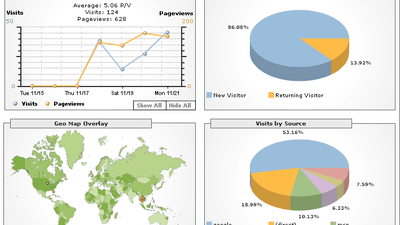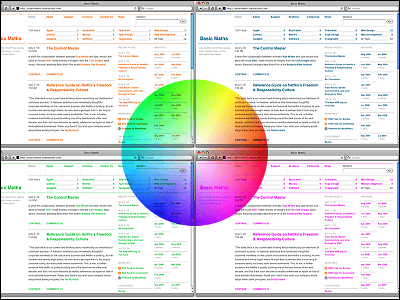What is Google's new machine learning advertising system 'P-MAX (Performance Max)'?

The advertising product that Google Ads started in 2021 is “ Performance Max (P-MAX) ”. Performance Max literally means 'maximization of performance', a product that allows advertisements to be delivered to all frames of Google Ads from one campaign (advertisement management unit). AdExchanger , an advertising-related news site, explains the mechanism of such P-MAX.
Meet Performance Max, The Blackest Black Box Of All Google Ad Products | AdExchanger
https://www.adexchanger.com/commerce/meet-performance-max-the-blackest-black-box-of-all-google-ad-products/
In Q4 2020, Google launched a beta program for P-MAX. And in 2021, the beta program ended and the official version was released. You can understand what P-MAX is by watching the following movie published by Google Ads.
P-MAX Campaign: Basic Concept Video - YouTube
Google connects to the advertiser's server and collects sales and CRM (revenue per customer) data. Advertisers then set the types of conversions they want to see: all assets in the campaign, daily budget cap, cost per conversion, online sales, movie views, new customers, onsite engagement, etc. Google has advertising spaces everywhere in its own services, such as search results, YouTube, shopping, Gmail, maps, etc., and automatically distributes ads to all of these advertising spaces.

In the past, it was necessary to set campaigns according to individual ad spaces, but P-MAX's major feature is that it is possible to advertise in all ad spaces with one campaign. In other words, ads can be delivered to all ad spaces without complicated settings, and a wider range of users can be approached.
Another major feature of P-MAX is that 'optimization and automation by machine learning are performed'. Conventionally, to distribute advertisements to multiple ad spaces, detailed operations such as adjustment of distribution volume were required. Because it is done, the operation process can be greatly reduced. In addition, optimization by machine learning can be expected to improve the number of conversions and the cost per conversion.

However, with P-MAX, advertisers give Google more control over their ads. P-MAX distributes ads to more Google ad slots than advertisers choose their own slots and delivery volume.
Since P-MAX automatically optimizes ad delivery, delivery may sometimes go against the wishes of the advertiser. For example, even if the advertiser does not intend to advertise on YouTube Shorts, it is quite possible to automatically serve ads to YouTube Shorts based on assets given P-MAX.
In addition, P-MAX treats the entire Google inventory as a single channel, which means less ad spend on YouTube and more ad spend on Google Search, but details and analytics about that allocation are available to advertisers. are rarely disclosed to Also, advertisers never know what percentage of their budget is spent on Google. Therefore, it is difficult to explain when the marketing staff is asked to explain 'Why did this advertising strategy result in such a result?'

In November 2022, Google announced that P-MAX's analytics was equipped with a `` function to report which search terms generated clicks in the campaign ''. However, this function can only check the past 7 days or the past 28 days. Advertising agency Outdoor Ecommerce CEO Milo McMahon said, ``I think it's completely arbitrary. ' said.
McMahon reports that some retailers and agencies are trying to separate P-MAX by advertising channels. For example, one retailer created multiple P-MAX campaigns for different product lines. By comparing when the campaign was delivered, which search terms contributed to conversions, how much the advertiser spent on the P-MAX campaign, and comparing that data to the CRM, the advertiser could see which channels P-MAX was on. You can guess if it works. However, CEO McMahon commented, 'Such work is not what we should do.' AdExchanger says, 'Google's P-MAX focuses on improving performance, not improving transparency.'
Related Posts:
in Web Service, Posted by log1i_yk







